Geta are a traditional form of Japanese footwear, characterized by a wooden sole with “teeth” (elevated platforms) and a thong (hanao) that secures the foot. These unique shoes have been part of Japanese culture for centuries, evolving in both function and design. Originally, they were not intended for walking but rather served as farming tools in ancient Japan. Over time, geta became essential for daily wear, especially among commoners, and were later recognized for their health benefits.
In this article, we explore the history, benefits, and best places to buy geta online.
What Are Geta?
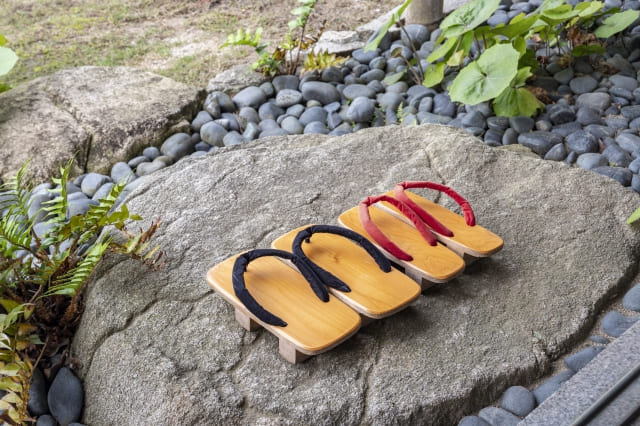
Geta are a type of traditional Japanese footwear made from wood, featuring a thong strap and one or two supporting wooden “teeth” underneath. These shoes elevate the foot, providing a unique walking experience and practical benefits, such as improved posture and foot health.
The History of Geta

Do you know the history of Geta?

No. Because I’ve never worn Geta in my life.

わかった。
Then let’s learn about Geta together.
2,000 Years Ago: The Birth of Geta

The origin of geta dates back to the Yayoi period (about 2,000 years ago), when rice farming began in Japan. During this era, geta were not used as walking shoes but as farming tools to help keep feet dry and protected.
Geta as Everyday Footwear
By the Kofun period, geta had transitioned into walking shoes. In the Nara period, aristocrats in the capital city wore a type of geta called “bokuri,” while children’s geta also emerged during this time.
The Heian and Edo Periods: Evolution of Style
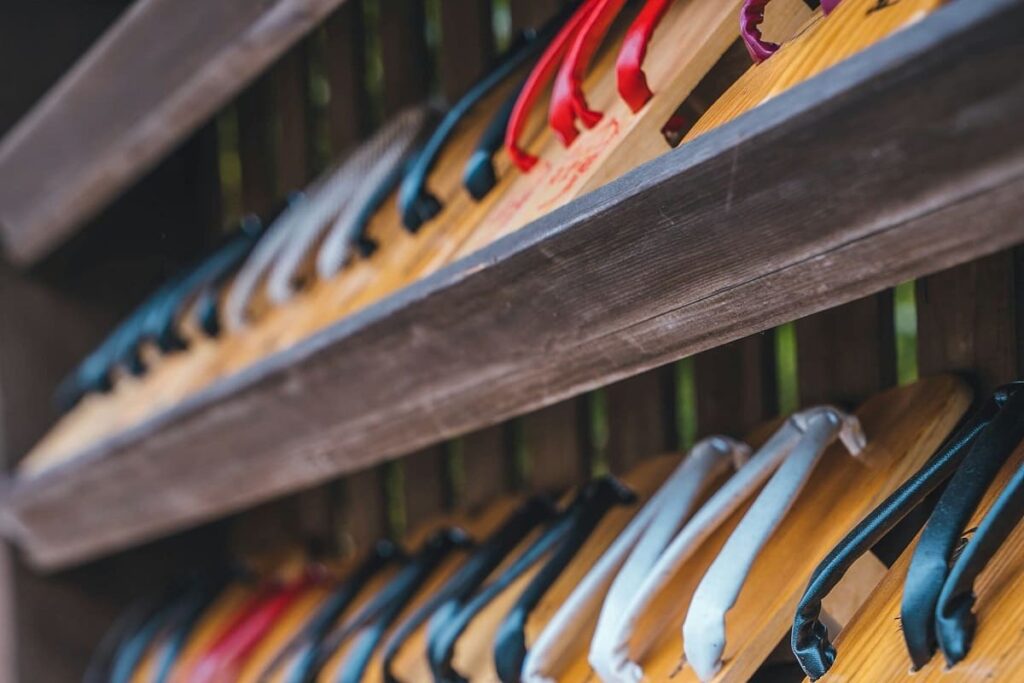
During the Heian period, a variation called “ashida” was introduced, primarily worn by samurai to navigate muddy terrain. Until the Edo period, geta were mainly used to prevent clothing from getting dirty. By the mid-Edo period, geta became more fashionable and were worn in all weather conditions. This era also saw the rise of geta shops as demand increased.
Yoshitsune and the Single-Tooth Geta
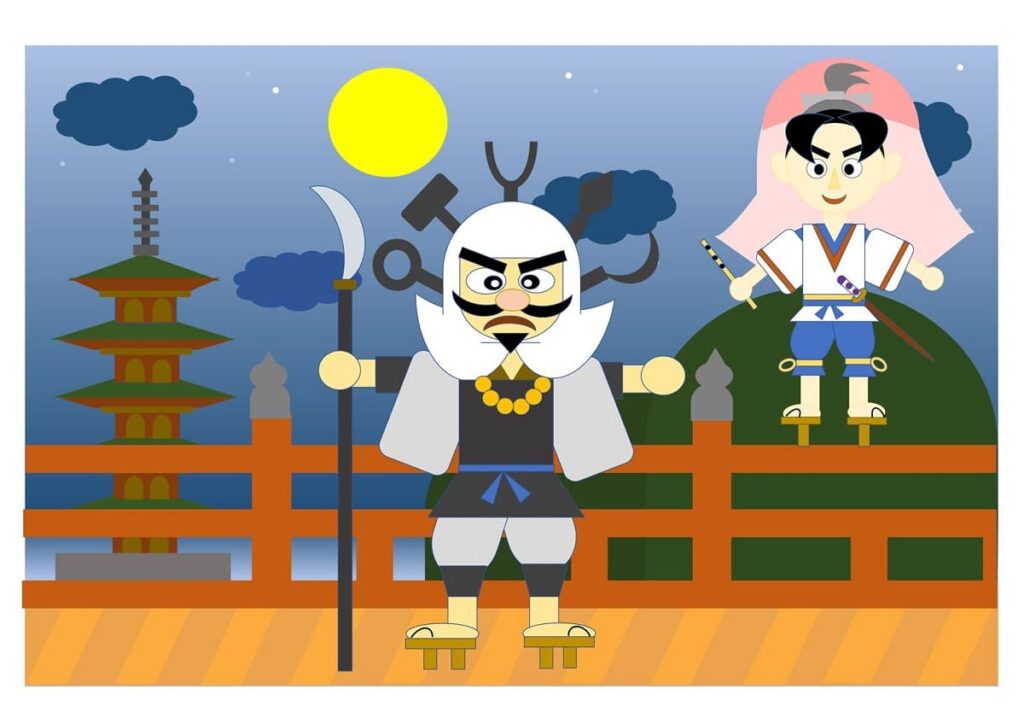
One of the most famous historical references to geta involves Minamoto no Yoshitsune, a legendary samurai from the late Heian period. It is said that when he dueled the warrior monk Benkei on Kyoto’s Gojo Bridge, Yoshitsune wore ippon-ba geta (single-tooth geta). This footwear, originally designed for mountainous terrain, helped him move nimbly and maintain balance, contributing to his legendary agility. The story highlights the functional benefits of this unique style of geta, which later became associated with balance training and martial arts.

I like Benkei and Yoshitsune because they appear in the game “Nioh2”.
The Peak of Geta Popularity
The 1950s marked the height of geta use in Japan, as mass production allowed for widespread availability. While modern footwear eventually replaced geta in daily life, they remain a cherished part of traditional attire.
The Unique Benefits of Wearing Geta
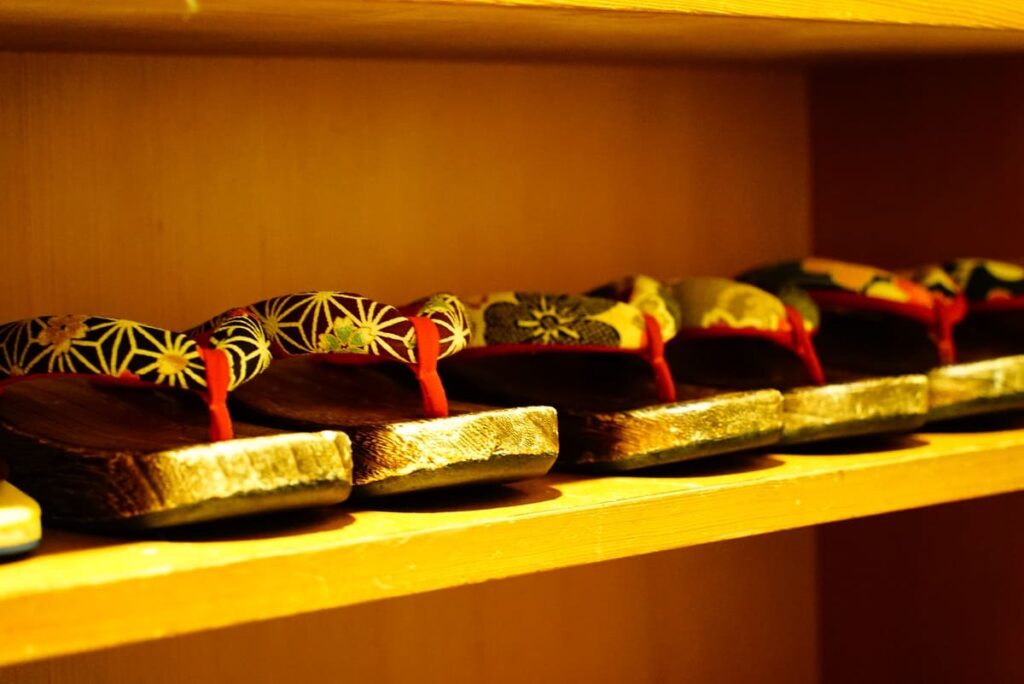
| Improved Balance | The single-tooth (ippon-ba) geta, famously worn by legendary warrior Minamoto no Yoshitsune, enhances balance and stability. |
| Foot Health | Wearing geta engages the foot muscles, preventing issues like flat feet and bunions. |
| Posture Correction | The distribution of weight across the foot helps reduce slouching and improves overall posture. |
| Muscle Strengthening | Walking in geta activates leg muscles, reducing the risk of falls. |
| Breathability | The open design allows air circulation, reducing the likelihood of foot infections like athlete’s foot. |
| Durability | The wooden sole is resistant to wear and provides stability on sandy or wet surfaces. |
| Precaution | For individuals with existing foot pain or bunions, soft-cushioned shoes may be a better choice. |

Really? I will wear Geta to built more muscle!
I (Otsuki) love Geta
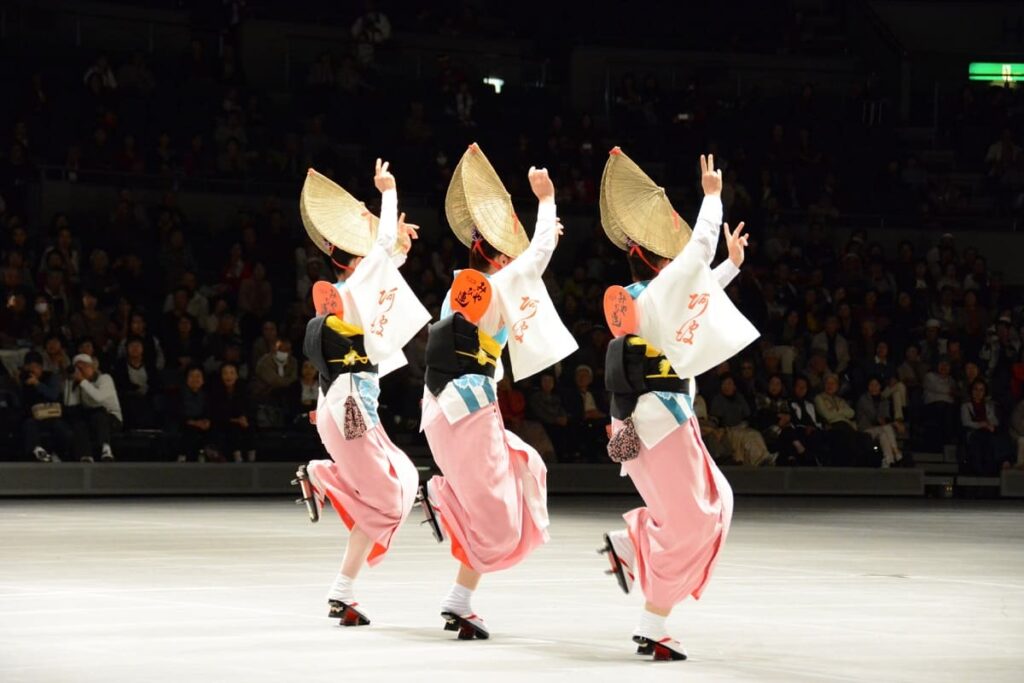
I own four pairs of geta, but all of them have low teeth.
One type of geta I personally admire is the Rikyū geta, which has thin teeth.
Originally, it was designed as footwear for walking on muddy ground during fair weather.
Nowadays, it is commonly used in traditional dances such as Awa Odori.

Since I haven’t worn them much, one of my small goals is to learn to walk gracefully in them.
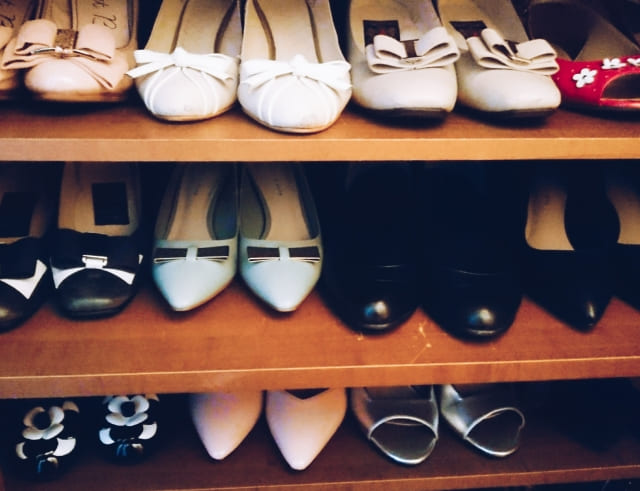

Today’s trivia!
In Japanese homes, there is a piece of furniture in the entranceway for storing shoes, which is called a getabako.
Where to Buy Geta Online
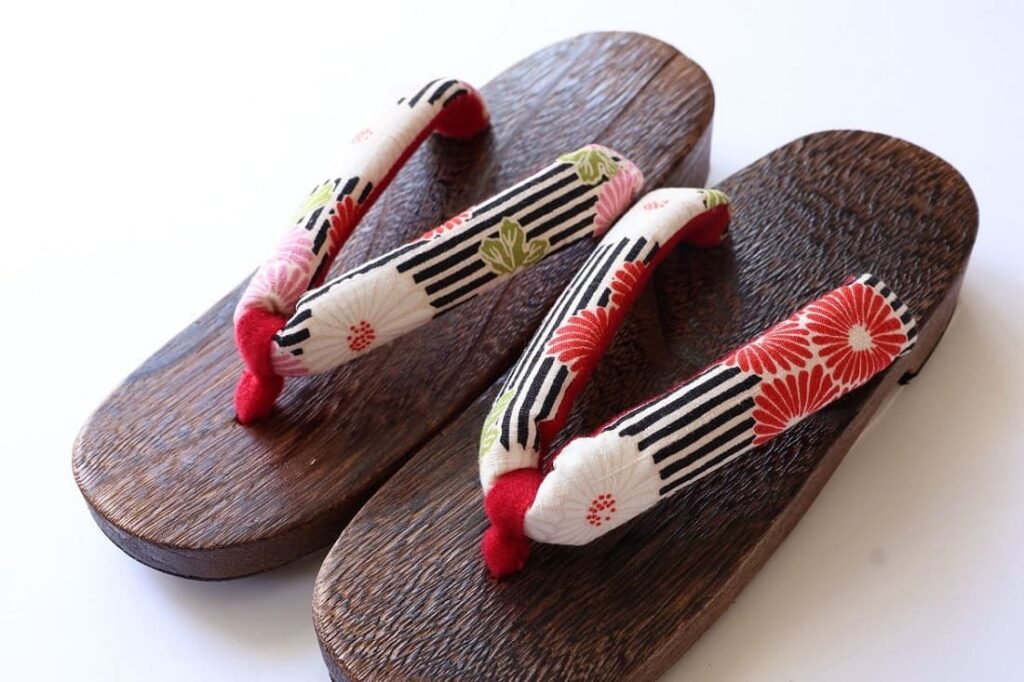
For those interested in purchasing geta, online shops offer a convenient option, especially for international buyers. Here are two recommended stores:
Kyoto Kimonomachi
This store specializes in traditional Japanese clothing, including a wide range of geta. They offer international shipping with a clear “Shipping Guidance Page” for foreign customers.
Geta for Men
L, LL sizeGeta for Women
KIMONOMACHI Original GetaGeta for Kids
Geta for Kids
They have a lot of attractive Geta!
mizutori
A brand that provides geta designed for casual wear, blending traditional aesthetics with modern comfort.
Geta for Men
Modern designed Geta
They look like flip-flops!
Look so comfortable.
Geta for Women
hitete seriesGeta for kids
Unisex getaQ&A about Japanese Geta
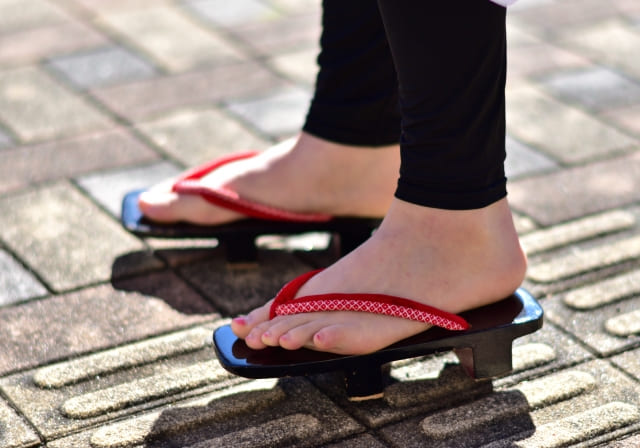
- QCan geta be worn daily?
- A
Yes, geta can be worn regularly, but they require some practice. Start with shorter periods to adjust to their unique fit.
- QAre geta suitable for children?
- A
Yes, children’s geta have existed since ancient times and are still available today.
- QAre geta comfortable?
- A
Comfort varies based on the type of geta. Some modern styles offer cushioned soles for added comfort.
Final thoughts about Japanese Geta
Geta are more than just traditional Japanese footwear; they represent centuries of history and offer numerous health benefits. Whether for cultural appreciation or personal comfort, they remain a unique and stylish choice. If you are interested in trying geta, check out the recommended online stores for an authentic experience.

If you are interested in Japanese culture, and you love gaming, you may love these games! Let’s play!

Yes! Let’s play!

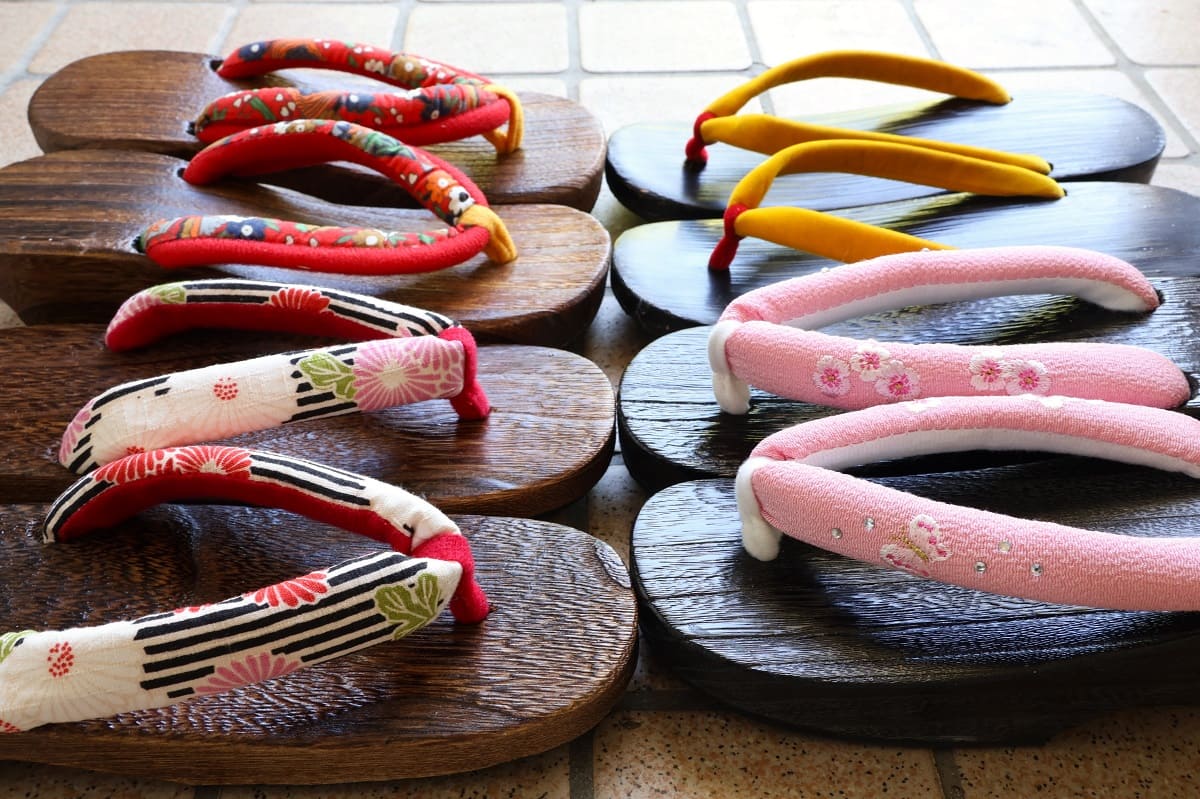
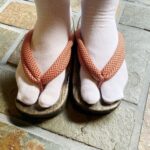
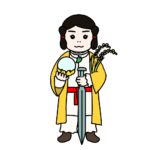
Comments